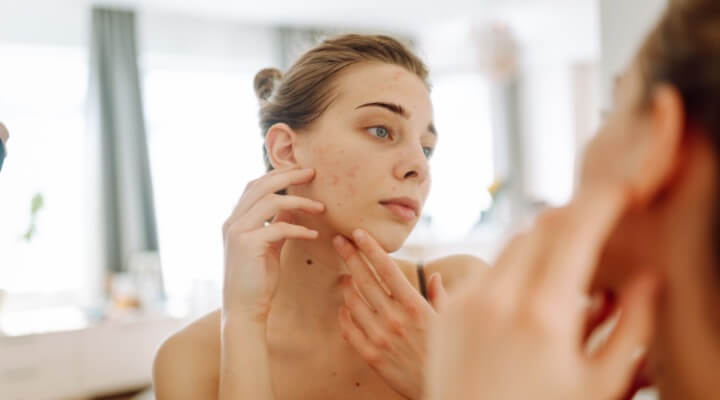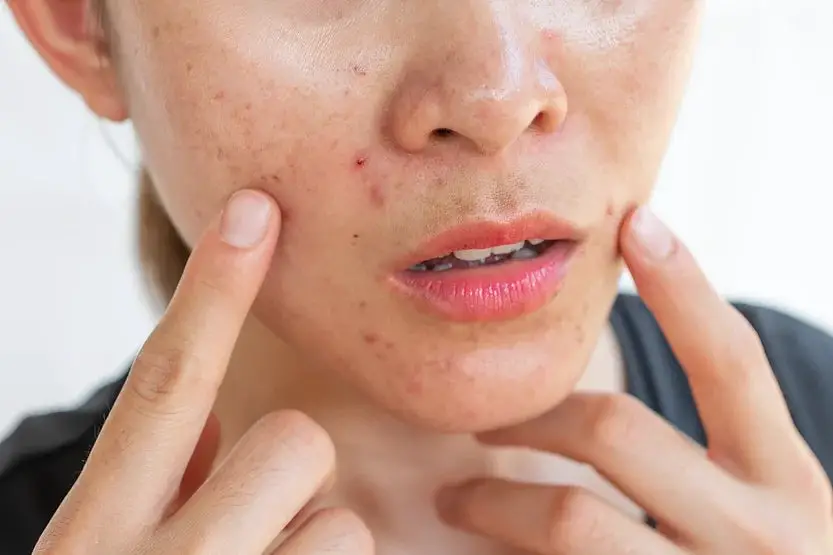Oral Antibiotics for Folliculitis: Essential Guide for Beauticians
As a seasoned beautician, you are often at the forefront of tackling skin-related issues. One of the common yet bothersome conditions you might encounter is folliculitis. This superficial skin infection is caused when hair follicles become inflamed, typically due to bacterial or fungal infections. Addressing and managing this condition requires a nuanced approach, particularly when it comes to determining the suitable treatment regime.
When it comes to treatments, oral antibiotics for folliculitis often emerge as a favored solution, thanks to their effectiveness in tackling deeper, widespread infections. As a beautician, understanding the nuances of such treatments can be invaluable in guiding your clients towards healthier skin.

The Mechanisms Behind Oral Antibiotics
Oral antibiotics function by targeting the specific bacteria causing the follicular infection. They work from inside the body, navigating through the bloodstream to deliver comprehensive relief. This systemic treatment is particularly beneficial when topical treatments prove inadequate or the infection has already penetrated under the skin surface.
Common antibiotics utilized for folliculitis include cephalexin, dicloxacillin, and sometimes, a combination of sulfamethoxazole and trimethoprim. These medicines are known for their efficacy in eradicating Staphylococcus bacteria, a primary culprit behind folliculitis.
Advantages of Oral Antibiotic Treatment for Folliculitis
The choice of oral antibiotics is not made lightly. The decision to prescribe these potent medications often comes down to the severity and persistence of the follicular infection. Here are some key advantages:
1. Thorough and Comprehensive
Oral antibiotics provide a holistic treatment approach, ensuring that even hard-to-reach infected follicles are addressed. For over-the-counter treatments for folliculitis that might not suffice, antibiotics offer an efficient alternative.
2. Prevents Further Complications
By effectively clearing infections, antibiotics help in preventing potential complications such as boils or cysts that often arise from untreated folliculitis. As a beautician, understanding the need for timely intervention can aid in preventing scarring and maintaining skin aesthetics.
3. Reduces Recurrence Risk
When appropriately prescribed and consumed, oral antibiotics can reduce the likelihood of recurrent folliculitis, offering lasting relief for sufferers.
Considerations and Potential Side Effects
While oral antibiotics can be quite effective, they are not without limitations or potential side effects. It's vital for beauticians to be aware of these to better support clients who might be considering or are already using these medications.
1. Allergic Reactions
Some individuals may experience allergic reactions to antibiotic medications. Symptoms can range from mild rash to more severe complications.
2. Resistance Issues
Long-term or inappropriate use of antibiotics can lead to antibiotic resistance, where bacteria evolve to withstand the treatment. This makes future infections harder to treat.
3. Digestive Discomfort
Common side effects of oral antibiotics include nausea, upset stomach, and diarrhea. These can be especially troubling for clients with sensitive stomachs.
For an in-depth exploration of other treatment options, you may find this article on topical antibiotics for folliculitis quite insightful.
Complementary Approaches and Recommendations
To enhance the effectiveness of antibiotic treatments, it is often recommended to incorporate complementary measures. These include maintaining proper hygiene, using non-comedogenic skincare products, and possibly combining treatments with medicated topical options.
Besides, staying informed about the general health and dietary habits that affect skin condition can be beneficial. Explore more about how dietary choices like mushroom coffee can influence skin health.

Frequently Asked Questions
1. What is Folliculitis and how is it caused?
Folliculitis is the inflammation or infection of hair follicles, often caused by Staphylococcus aureus or other bacteria and fungi. It can also result from friction due to clothing.
2. Can lifestyle changes aid in preventing folliculitis?
Yes, maintaining good hygiene, avoiding tight-fitting clothing, and using appropriate skincare can significantly reduce the risk of folliculitis.
3. Are there any natural remedies for folliculitis?
While natural remedies can't replace antibiotics, using aloe vera, tea tree oil, or maintaining a diet low in sugars and high in antioxidants can aid in managing symptoms.
For detailed insights on prescription medications, visit prescription medications for folliculitis.
To see the broader scope and understanding of this condition, the Dermatological Society's extensive coverage on folliculitis is recommended.

